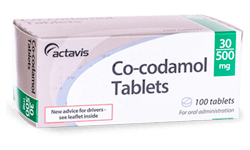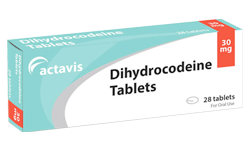Strong Painkillers
Strong painkillers, also known as opioids or narcotic analgesics, are medications used to manage severe or chronic pain that is not adequately relieved by over-the-counter pain relievers. These medications work by binding to opioid receptors in the brain, spinal cord, and other parts of the body, reducing the perception of pain. It is important to note that strong painkillers should only be used under the guidance and prescription of a healthcare professional due to their potential for side effects and the risk of dependence or addiction. Here are some examples of commonly prescribed strong painkillers:
1. Morphine: Morphine is one of the most potent opioid painkillers. It is often used to manage severe pain, such as that associated with cancer, postoperative recovery, or traumatic injuries. It can be administered orally, intravenously, or through other routes depending on the individual’s needs.
2. Oxycodone: Oxycodone is a strong opioid analgesic that is commonly prescribed for moderate to severe pain. It is available in immediate-release and extended-release formulations. Extended-release formulations provide long-lasting pain relief for chronic conditions.
3. Hydrocodone: Hydrocodone is another opioid medication used for the management of moderate to severe pain. It is often combined with acetaminophen (e.g., in Vicodin) or other non-opioid analgesics for enhanced pain relief.
4. Fentanyl: Fentanyl is a potent synthetic opioid that is significantly stronger than morphine. It is typically used in the management of severe pain, such as during surgical procedures or for breakthrough pain in cancer patients. Fentanyl is available in various forms, including transdermal patches, lozenges, and injectable formulations.
5. Tramadol: Tramadol is a centrally acting analgesic that has opioid and non-opioid properties. It is used to manage moderate to moderately severe pain. Tramadol is considered a weaker opioid compared to the medications mentioned above but can still be effective for certain types of pain.
It is essential to use strong painkillers as prescribed by a healthcare professional and closely follow their instructions. These medications can have side effects, including drowsiness, constipation, nausea, respiratory depression, and the potential for dependence or addiction. Regular communication with a healthcare provider is crucial to monitor the effectiveness of the pain management plan and address any concerns or side effects that may arise.
-
- Painkillers
Amitriptyline 50mg Tablets
- £137.00 – £197.28
- Select options This product has multiple variants. The options may be chosen on the product page
-
- Painkillers
Co-codamol Tablets
- £145.00 – £225.28
- Select options This product has multiple variants. The options may be chosen on the product page
-
- Painkillers
Dihydrocodeine Tablets
- £217.00 – £350.28
- Select options This product has multiple variants. The options may be chosen on the product page
-
- Painkillers
Gabapentin 300mg
- £137.00 – £200.00
- Select options This product has multiple variants. The options may be chosen on the product page








